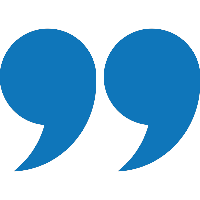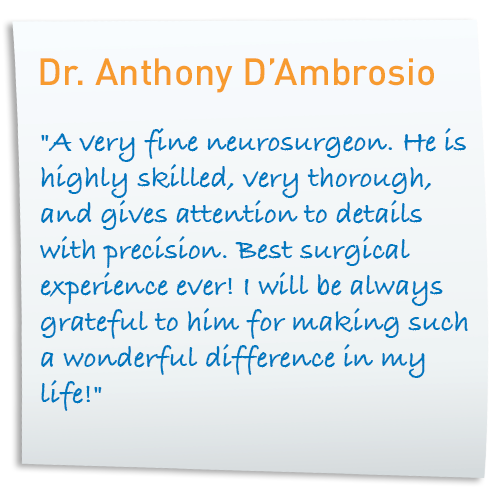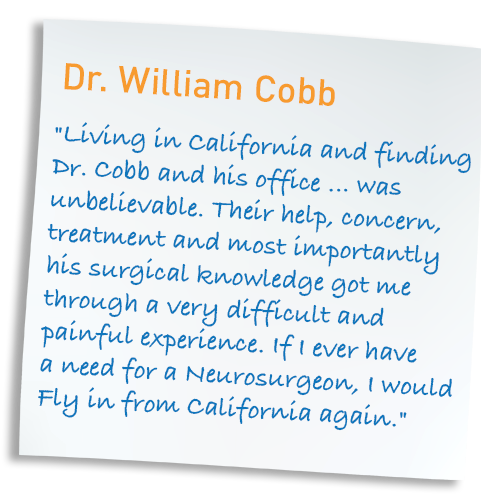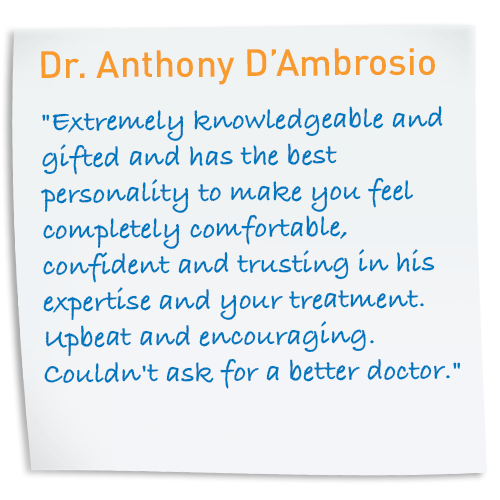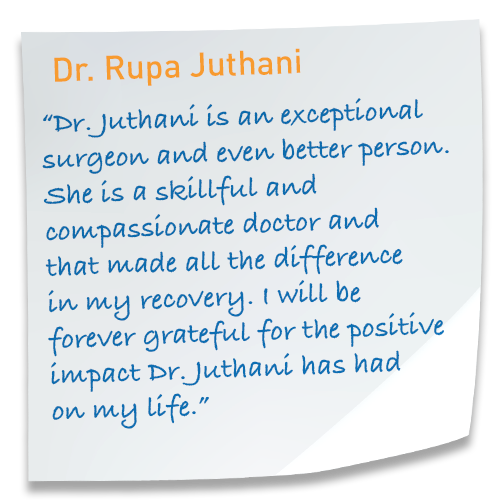What is Hemifacial Spasm?
Hemifacial Spasm, which is also known as a facial twitch, involves the facial muscles on one side of the face. Most commonly, it starts in an eye muscle as an infrequent involuntary twitch or flutter. In most cases, the facial spasm starts around the eye area and progresses to the mouth muscles on one side of the face. The neck and forehead are usually the last parts of the face to be affected by hemifacial spasm.
As time progresses, people can experience prolonged muscle contractions or facial spasm on one side in the affected areas of the face.
These extended contractions result in severe disfiguring and grimace in the face as well as eye closure and the corner of the mouth being pulled upwards on one side. In fact, some patients will experience such strong facial spasms that they are not able to drive safely.
Hemifacial spasm is caused by a blood vessel pressing on the facial nerve where the nerve exits the brainstem. This is a debilitating disease that can greatly affect one’s quality of life. A high-resolution MRI can often show you the exact location where the blood vessel is pressing on the facial nerve.
Unlike a more common condition called trigeminal neuralgia, hemifacial spasm does not result in facial pain. Unless someone has long-lasting facial muscle contractions and cramping, hemifacial spasm is often painless. Patients with multiple sclerosis can be affected by both trigeminal neuralgia, and rarely, hemifacial spasm.
“ If you have been diagnosed with hemifacial spasm, consider calling me at (201) 327-8600 to see if you qualify for a telehealth visit asap“
– Dr. Anthony D’Ambrosio
Symptoms of Hemifacial Spasm?
Hemifacial Spasm patients have experienced some or all of the following symptoms:
- Irregular twitching in the eyelid muscle.
- Forced closure of the eye on one side.
- Spread of facial spasm to include other muscles in the lower part of the face.
- Mouth pulling to one side.
Who is most likely to get Hemifacial Spasm?
Hemifacial spasm is not a common condition. In fact, most people have never even heard of it until they get diagnosed. Hemifacial spasm can affect both men and women. Around the world, about 15 per 100,000 women and 7 per 100,000 men are impacted by hemifacial spasm. So, females are affected twice as much as men, on average. Hemifacial spasm usually starts in adulthood, around ages 40-60 years old (middle aged). Research has found that the left side is affected more than the right (but we don’t know why).
Hemifacial Spasm is not Bell’s palsy
Hemifacial spasm involves an overactive, strong contraction of the facial muscles on one side. Bell’s palsy is a severe weakness of the facial muscles on one side of the face. Causes of Bell’s palsy are different from the causes of hemifacial spasm. With Bell’s palsy, people most often have some form of injury or inflammation to the facial nerve (the seventh cranial nerve) on one side (right or left) or, in some circumstances, a stroke. The onset of Bell’s palsy is usually fast and immediate medical attention should be obtained should this happen to you or someone you know. You should check with your doctor to see if you have a facial nerve injury or viral infection.
Treatments for Hemifacial Spasm
If you’re experiencing hemifacial spasm, it’s likely that the first thing on your to-do list is to explore your treatment options. With the help of an experienced team of specialists, you can breathe easy knowing that we are here to help you try to find relief asap.
Botox Injections
Botox injections are often one of the only medical options for patients suffering from severe facial spasms. Botox is also known as botulinum toxin type and can be used safely to help the symptoms of hemifacial spasm. For some lucky patients, Botox can be enough. For many others, the effects of Botox wear off or the side effects are not much better than the spasms themselves. If you have tried Botox and the results are not what you want, there might be another option for you.
Microvascular Decompression
Ultimately, the best and most effective treatment for most cases of hemifacial spasm is microvascular decompression surgery (MVD). This procedure often provides people with instant or delayed relief from the symptoms of their hemifacial spasm. And, unlike during treatments such as Botox, the treatment doesn’t weaken the muscles of the face or leave someone with a weak or uneven smile.
In the majority of cases, hemifacial spasm is caused by a blood vessel, such as a vein or artery, pressing up against the nerve, causing the nerve to misfire. MVD surgery addresses this “conflict” by positioning a small Teflon sponge between the blood vessel and the facial nerve, creating a cushion or insulation that protects the nerve from the pulsing of the blood vessel. Recovery from MVD is relatively short, and noticeable relief is usually immediate.
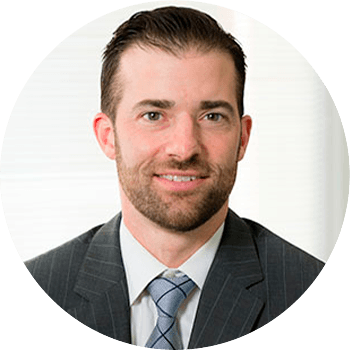
“ If you are interested in learning more about MVD surgery for hemifacial spasm, call my office at (201) 327-8600 to see if you qualify for a telehealth visit asap“
– Dr. Anthony D’Ambrosio
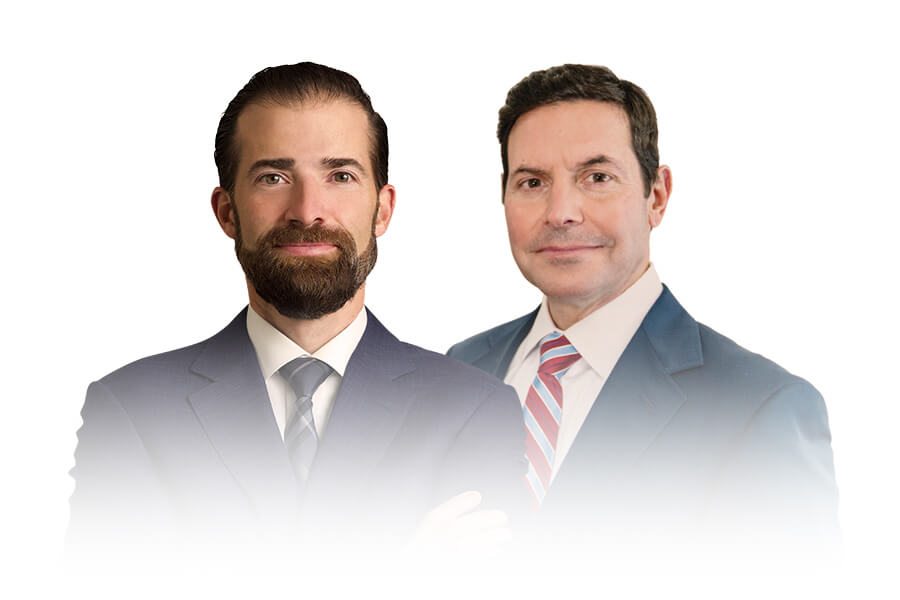
Find a Hemifacial Spasm Expert – It really matters.
At Neurosurgeons of NJ our patients come first. People like Dr. Anthony D’Ambrosio specialize in treating facial conditions, including the treatment of hemifacial spasm, trigeminal neuralgia and glossopharyngeal neuralgia.
Our specialists are board-certified, board-eligible (BC/BE) and have vast experience in working with individuals who require specialized care depending on the specifics of their condition. They will treat you as the unique individual you are, rather than a number on a list of insurance claims.
In addition to experienced specialists, Neurosurgeons of New Jersey offers the convenience of nine locations, ensuring you don’t have to travel far to find the top care in the industry. You owe it to yourself to seek the best treatment possible. Neurosurgeons of New Jersey can help you on your path to recovery from hemifacial spasm and its debilitating symptoms.
We’ve got you covered.
At Neurosurgeons of New Jersey, we recognize that insurance is a critical concern for patients. We have an insurance specialist on staff who can help you navigate and manage your insurance policy.

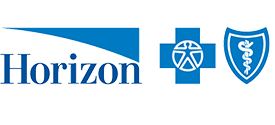
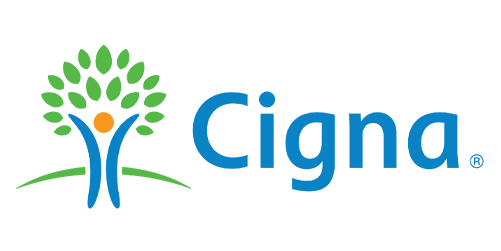

Excellent doctor… you cannot be in better hands. After surgery, recovery occurred exactly as stated in the time frame stated. Outstanding.
